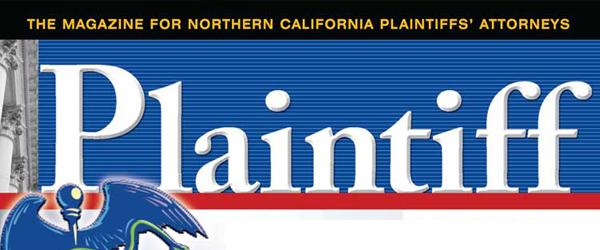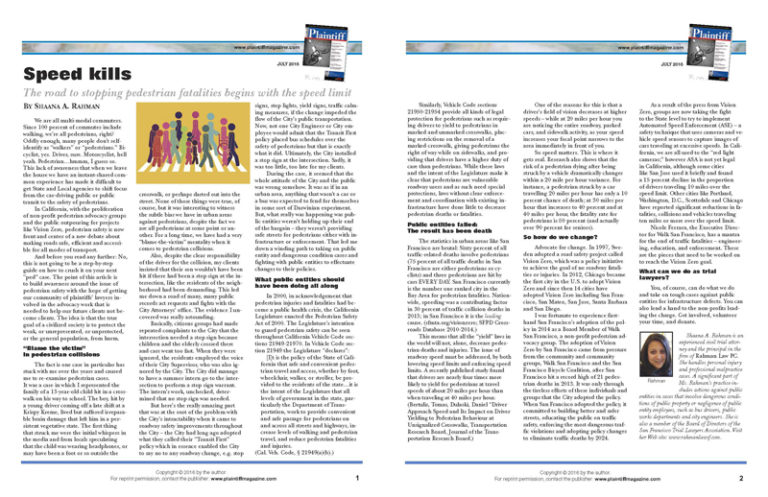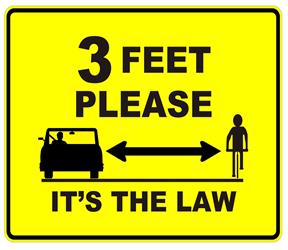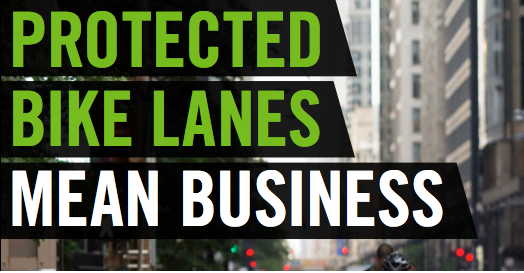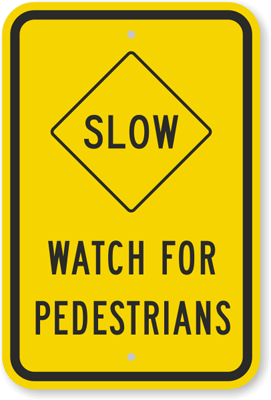 There is no doubt the adrenaline is going to be pumping through your system at full speed if you or a loved one is bit by a dog, but knowing what to do when a dog bite happens before the attack might help you find the clarity you need to better protect yourself. There are three phases in the timeline of a dog bite: (1) the scene; (2) the first few hours after; and (3) the following weeks.
There is no doubt the adrenaline is going to be pumping through your system at full speed if you or a loved one is bit by a dog, but knowing what to do when a dog bite happens before the attack might help you find the clarity you need to better protect yourself. There are three phases in the timeline of a dog bite: (1) the scene; (2) the first few hours after; and (3) the following weeks.
Phase 1 – The Scene of the Dog Bite
When the attack happens and someone has been bitten, the victim should come first. If they need emergency assistance, call 911. Secondary to that, get as much information as you can:
- Who owns the dog (name, address, phone number)
- Witness(es) information (if any – name, phone number)
- The veterinarian of the dog (they’ll have important vaccine information)
- Is the rabies vaccine current?
It’s worth noting here if you think there was any criminal activity going on when the dog bite happened (i.e. you stumbled into a dog fighting ring), you may not want to be asking questions. Instead, get to safety and call 911.
Phase 2 – The First Few Hours After The Dog Bite
Medical care for the victim is crucial first and foremost. According to the Centers for Disease Control and Prevention (CDC) almost 1 in every 5 bites becomes infected. Think about how often the average person brushes their dog’s teeth! Medical care is still important even if the bite came from a dog within your own circle of family and friends and you don’t plan to seek legal counsel from a dog bite attorney. In fact, the CDC reports most bites are from dogs that are familiar to us. Because animal bites are prone to infection, it is often worth the trip to a local urgent care facility rather than risk the infection. Bring the information you collected from the owner of the dog with you, especially information regarding the dog’s last rabies vaccine. You may call the dog’s veterinarian if you need to verify the last rabies vaccine date. The urgent care clinic may also want to know about your last Tdap vaccine, so call your primary care doctor if you don’t remember before you go, too. Don’t let not having either of these two items prevent you from going to the urgent care – just know that these are items commonly asked about even if rabies is not suspected. Be sure to get copies of everything from your visit, including the bill, Even if you have not yet decided about seeking damages from the owner, a dog bite attorney will want to see it if you look into your options. You may still be in shock if you’re the victim. It’s ok to write down what you need and dates you’ve called about to take in with you.
Phase 3 – The Weeks Following the Dog Bite
After about a week or two following the attack, the victim will have a better idea of just how much damage (physical, emotional, and financial) has been done and may still be coming. The initial shock should be settling by now but any deeper trauma might persist. This is an excellent time to reach out to a dog bite attorney for a free case evaluation/consultation.
- What have the medical costs been to date?
- Will there be ongoing medical costs?
- Did the victim miss any work?
- Has the victim needed therapy or may possibly need therapy?
- Was there any property damage (clothing, bicycle, motorcycle, etc.) due to the dog attack?
- Is further action needed against the dog (is it vicious/dangerous)? – Remember dog owners are liable under the law; you do not need to prove the dog was vicious to have a case, but if the dog is vicious you may wish to seek further action to protect others in your community.
The attorneys at Rawman Law PC in San Francisco and Paso Robles are here to help you navigate the stressful situation of a dog bite lawsuit. Dog bites vary in their degree of damage but the liability remains on the owner of the dog. We’ve seen damages range from medical costs for a visit to the urgent care clinic and lost wages, to facial reconstruction surgery, to catastrophic loss-of-life claims. Every dog bit incident is unique which means the best way to understand your options is to contact a dog bite attorney like the ones at Rahman Law PC as soon as you need assistance.
Receive new blogs via email:
[email-posts-subscribers namefield=”YES” desc=”Subscribe to receive our blogs in your inbox!”]

